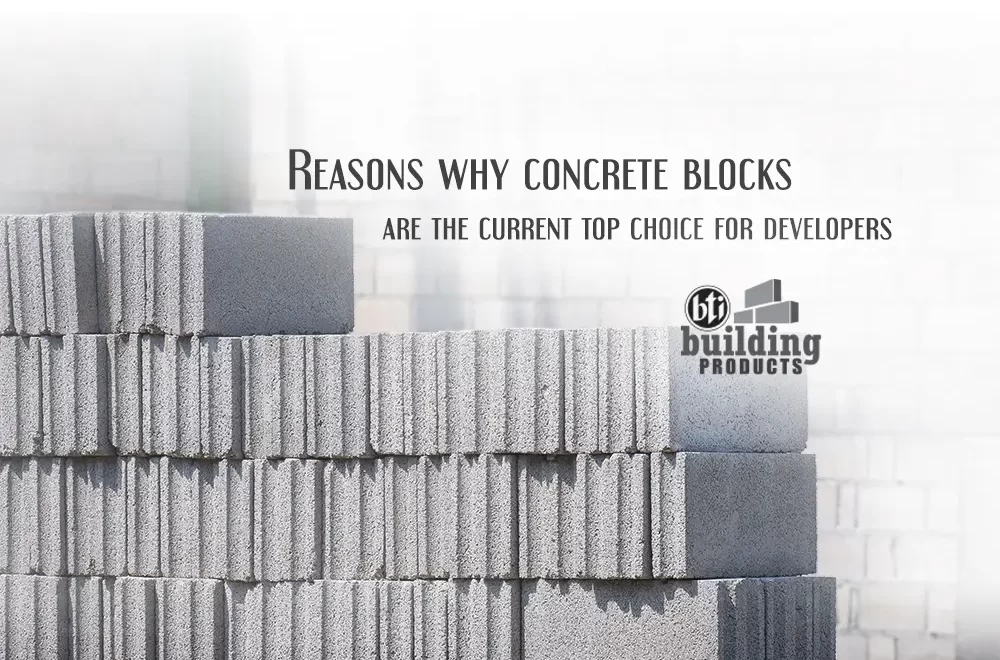The Superiority of Concrete Hollow Blocks in Construction
When it comes to constructing a sturdy and durable structure, the choice of building materials plays a crucial role. While traditional bricks have long been a staple in construction, concrete hollow blocks are emerging as a superior alternative, offering multiple benefits that make them the preferred choice for builders and homeowners alike. From strength and durability to versatility and sustainability, concrete hollow blocks outshine other bricks in every aspect of construction.
Strength and Durability
One of the primary reasons why concrete hollow blocks reign supreme in construction is their unparalleled strength and durability. Unlike traditional bricks, which are made from clay and require high firing temperatures, concrete hollow blocks are manufactured using cement, sand, and aggregates; resulting in a denser and more robust material. This inherent strength makes concrete hollow blocks resistant to compression, impact, and weathering, ensuring that your structure stands the test of time and withstands the rigors of daily use.
Versatility in Design
Another advantage of concrete hollow blocks is their versatility in design. Unlike solid bricks, which have a fixed shape and size, our concrete hollow blocks come in four different dimensions, allowing for greater flexibility in architectural design. Whether you’re building a simple retaining wall or a multi-storied residential complex, concrete hollow blocks can be customized to meet your specific requirements, enabling architects and builders to unleash their creativity and bring their visions to life.
Enhanced Insulation
Concrete hollow blocks offer superior thermal insulation properties compared to traditional bricks, thanks to the air voids within their hollow cores. These air pockets act as natural insulators, reducing heat transfer and maintaining comfortable indoor temperatures year-round. Whether you’re building a residential home or a commercial office space, the enhanced insulation provided by concrete hollow blocks translates into lower energy costs and increased comfort for occupants, making them an ideal choice for sustainable construction projects.
Ease of Installation
Installing concrete hollow blocks is a breeze compared to traditional bricks, thanks to their lightweight nature and interlocking design. Unlike solid bricks, which require mortar and skilled labor for precise alignment, concrete hollow blocks can be stacked quickly and securely, reducing construction time and labor costs. Whether you’re a seasoned builder or a DIY enthusiast, the ease of installation offered by concrete hollow blocks makes them the go-to choice for projects of all sizes and complexities.
Sustainability
In an era of increasing environmental awareness, sustainability has become a top priority in construction. Many construction and real estate development firms are now focused on this, especially since research shows that roughly 70% of industrial pollution is caused by the architectural and construction industries. Concrete hollow blocks tick all the boxes of sustainability, offering a greener alternative to traditional bricks. Made from locally sourced materials and manufactured using energy-efficient processes, concrete hollow blocks have a lower carbon footprint compared to clay bricks. Additionally, their durability and longevity reduce the need for frequent replacements, further minimizing environmental impact and promoting resource conservation.
Since the time that companies in Bangladesh began to use concrete hollow blocks for construction, these blocks have consistently been revolutionizing the industry with their unmatched strength, versatility, and sustainability. From residential homes and commercial buildings to infrastructure projects and beyond, the superiority of concrete hollow blocks is evident in every aspect of construction. So, whether you’re embarking on a new building project, or renovating an existing structure, choose our concrete hollow blocks for a foundation that has been built to last.














